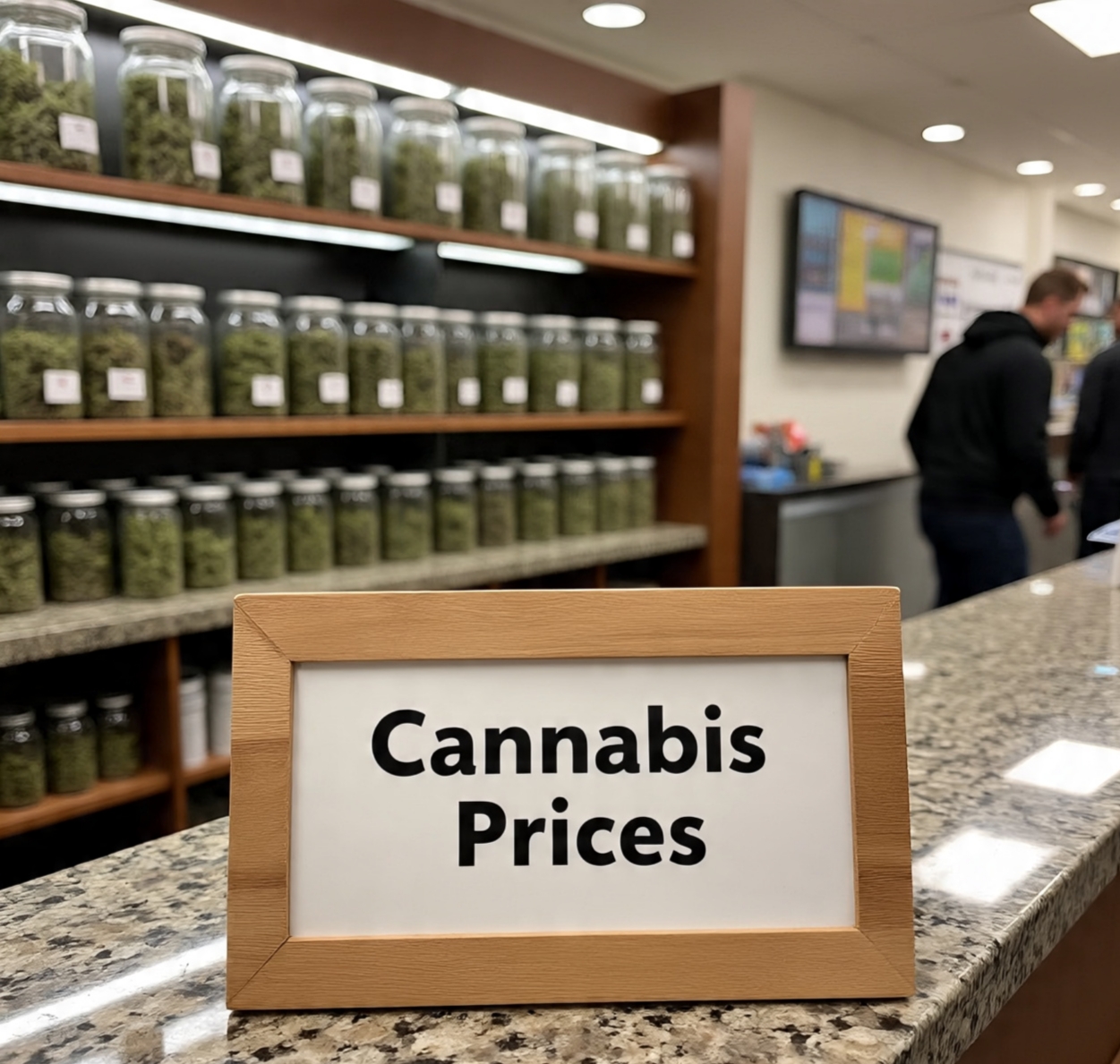EXPLORING THE CANNABIS ACT 2025
INTRODUCTION
In 2025, the UK is at a possible turning point in cannabis policy. Reform proposals, reports, and emerging political pressure suggest the idea of a Cannabis Act 2025 — whether as a formal bill or conceptual framework. This post dives deep into what a Cannabis Act might look like: its objectives, who supports it, the legal and public-health implications, and how it could reshape safe access, criminal justice, economic opportunity, and regulation.
The goal here is to explore not only why the Cannabis Act is gaining traction, but how it could play out — and what it would mean for patients, activists, lawmakers, and everyday people in the UK.
—
CONTEXT & BACKGROUND
WHY NOW? THE PUSH FOR REFORM
Rising public support for cannabis decriminalisation and legal regulation.
Reports such as the London Drugs Commission recommending changes to how cannabis is classified.
Growing pressure from health, economic, and social-justice advocacy groups.
International precedents: other countries changing cannabis laws influencing UK debate.
WHAT A “CANNABIS ACT 2025” COULD MEAN
Not necessarily full legalisation — could be a regulatory framework, decriminalisation model, or restricted legal use.
Aligning with existing UK structure (Misuse of Drugs Act, Psychoactive Substances Act).
Combining policy across medical access, criminal justice reform, drug regulation, taxation, and licensing.
—
KEY COMPONENTS & POLICY AREAS
1. RECLASSIFICATION & DECRIMINALISATION
Proposals to move natural cannabis out of the Misuse of Drugs Act or reclassify its legal status.
How that could change police powers (e.g. stop & search), sentencing for possession, and record expungement.
Possible framework: keeping supply controlled while personal-use possession is decriminalised.
2. MEDICAL CANNABIS & SAFE ACCESS
Expanding eligibility for medical cannabis prescriptions.
Regulating production, import or home-grown supply under strict licences.
Ensuring price controls, NHS involvement, patient protections.
3. LICENSING & REGULATION OF PRODUCTION
Industrial hemp licensing reforms (e.g. change in THC threshold for hemp).
Growing licences, regulation of cultivation zones, conditions for medicinal cannabis growers.
Quality control standards, traceability, security.
4. ECONOMIC & TAXATION FRAMEWORK
How regulated cannabis markets could generate tax revenue, create jobs, and reduce costs to criminal justice.
Considerations for tax rates, retail licensing fees, reinvesting income into public services.
5. PUBLIC HEALTH & HARM REDUCTION
Defining safe access standards, age limits, potency limits, labelling & packaging regulation.
Integrating education campaigns, addiction support, monitoring side-effects.
Setting up oversight bodies, possibly modelled on tobacco / alcohol regulation frameworks.
6. SOCIAL EQUITY & JUSTICE REPAIR
Mechanisms for expunging criminal records for past cannabis convictions.
Social equity licensing (priority access for communities disproportionately impacted).
Community-led cannabis social clubs or non-commercial distribution models.
7. LEGAL PROTECTIONS & HUMAN RIGHTS
Role of the Equality Act (to protect patients using prescribed cannabis).
Rights for renters, employees, travellers with prescriptions.
Data protection, regulation for privacy, and fair treatment under law.
—
STAKEHOLDERS & SUPPORTERS
POLITICAL VOICES
Which parties or MPs are discussing or supporting reform?
The role of devolved governments (Scotland, Wales) and regional policy levers.
CIVIL-SOCIETY & ADVOCACY GROUPS
NGOs and policy groups pushing for the Cannabis Act (e.g. Transform Drug Policy Foundation, CLEAR UK).
Patient groups, medical associations, and industry councils.
INDUSTRY & BUSINESS SECTORS
Hemp / agriculture sector (textiles, construction, pharma).
Pharma companies working on cannabis-based products.
Retail / wellness brands (CBD, licensed cannabis products once regulated).
—
CHALLENGES & CRITICISMS
POLITICAL & LEGAL OBSTACLES
Existing classification under Misuse of Drugs Act 1971 remains a hurdle.
Government resistance / ministerial opposition. For example: written questions in Parliament stating “this Government has no plans to legalise cannabis.”
Legal complexities of creating new regulated markets under UK / EU law.
PUBLIC HEALTH RISKS
Concerns over mental health, youth usage, potency levels.
Balancing access with prevention of misuse.
Enforcement & Implementation Issues
How to roll out licensing, inspections, compliance bodies.
Managing black-market transition to legal market.
Ensuring regional consistency across devolved nations.
—
WHAT A TIMELINE COULD LOOK LIKE
DRAFTING & CONSULTATION
Government consultation (greens papers) in early–mid 2025.
Evidence reviews by advisory bodies (e.g. ACMD).
LEGISLATION & BILL PROPOSAL
Possible introduction of “Cannabis Act Bill” within Parliament.
Cross-party amendments, committee debates.
PILOTS & PHASED IMPLEMENTATION
Pilot zones (cities or regions) for regulated non-medical use.
Monitoring impacts / data capture / adjustment of framework.
FULL ROLL-OUT & REGULATORY BODY ESTABLISHMENT
By late 2025 / early 2026, gradual opening of regulated access channels.
Ongoing policy review.
—
WHY IT MATTERS
Protecting patients who rely on medical cannabis.
Reducing unfair criminalisation and racial injustice.
Unlocking economic opportunity via licensing, cultivation, retail.
Aligning the UK with international reforms and modern evidence-based health strategy.
—
CONCLUSION
The concept of a Cannabis Act 2025 may still be speculative — but it captures the depth and complexity of cannabis policy reform in the UK today. As governments, advocates, and politicians weigh the options, there’s both risk and opportunity in bringing together justice, health, economy, and regulation into a single legislative framework.




